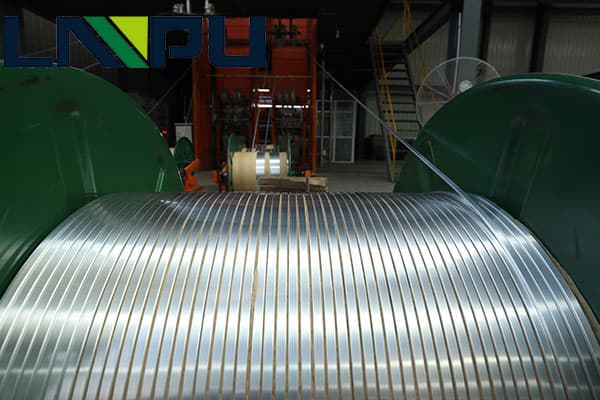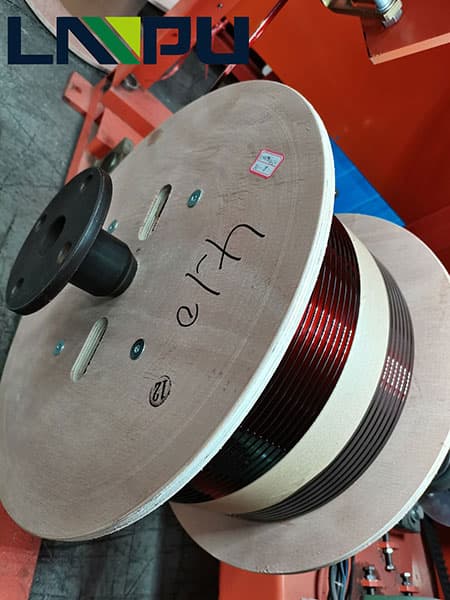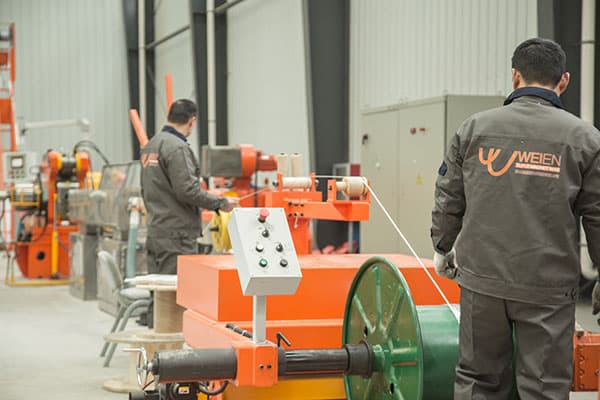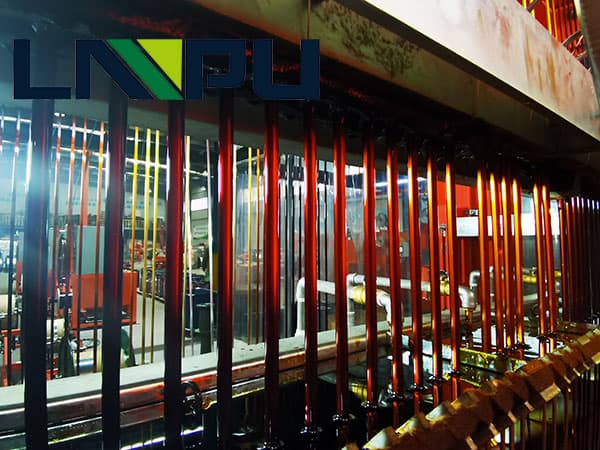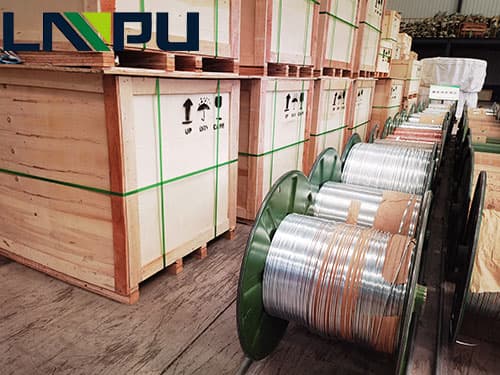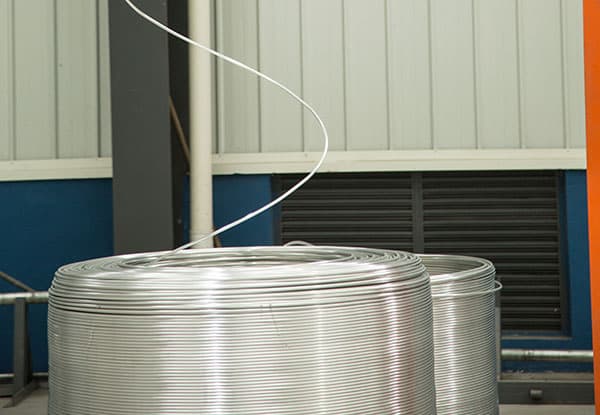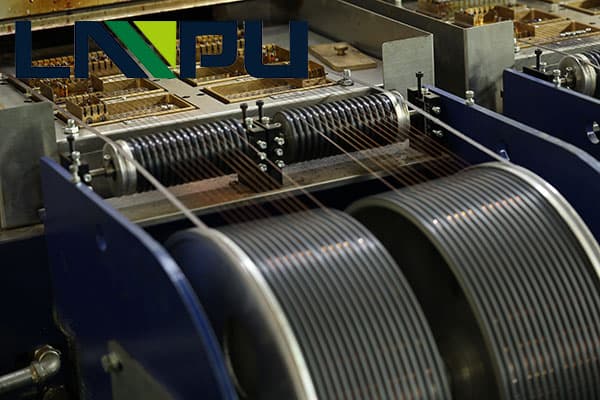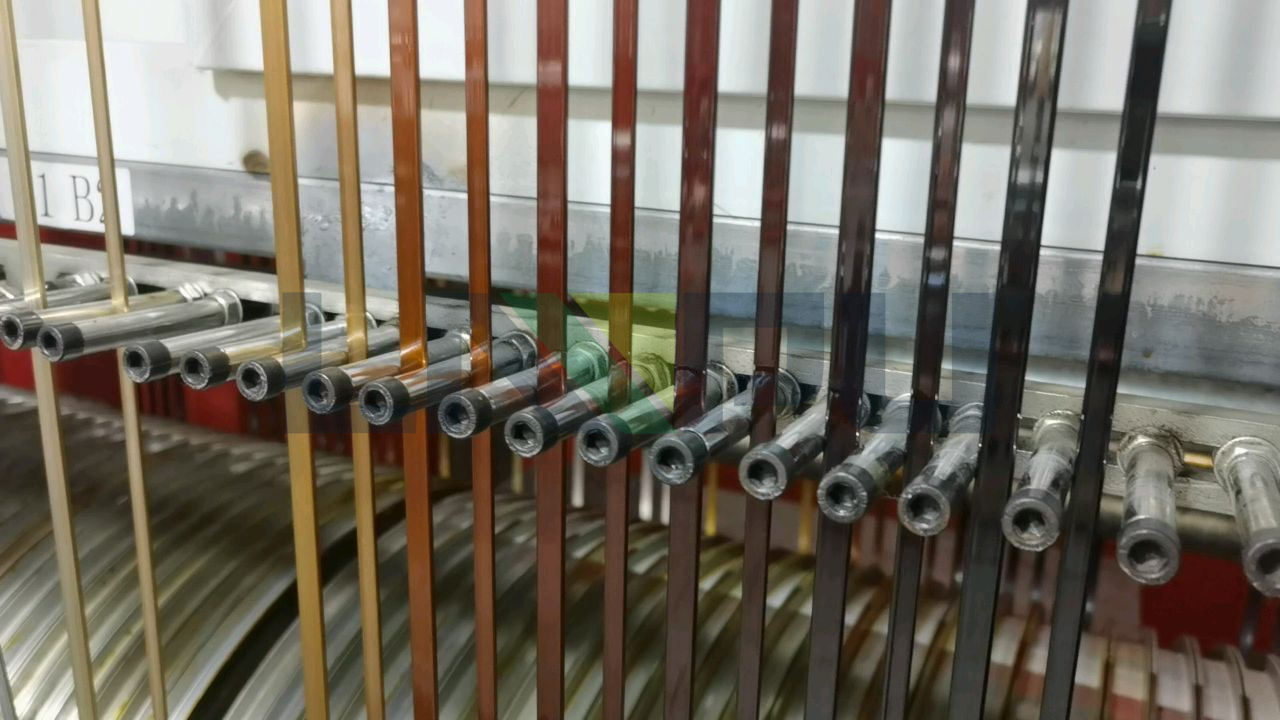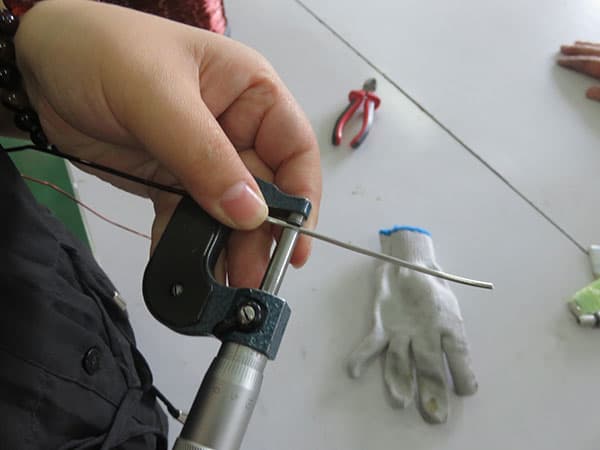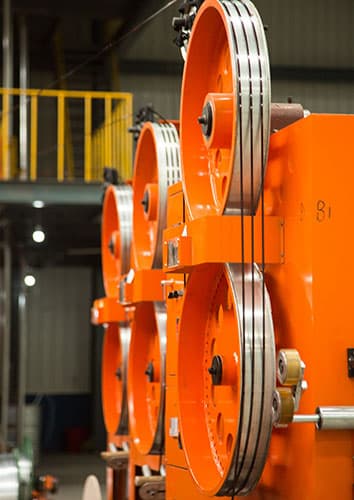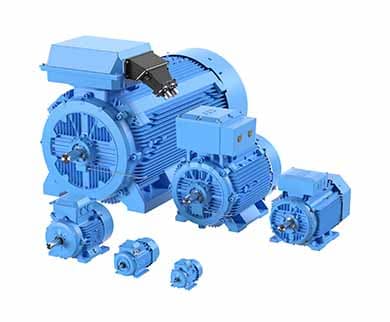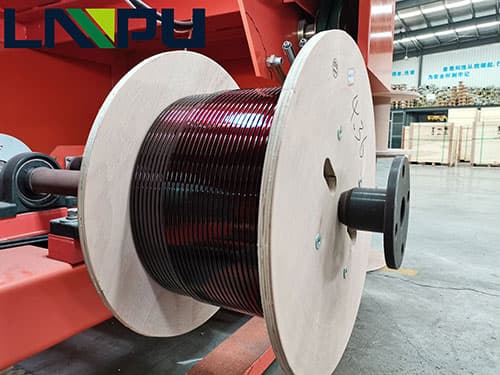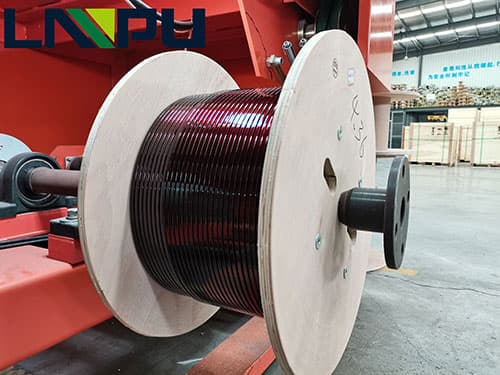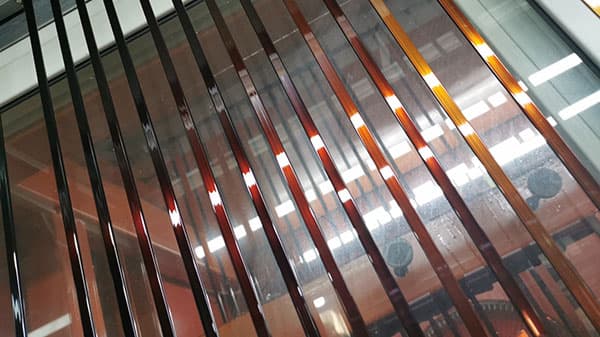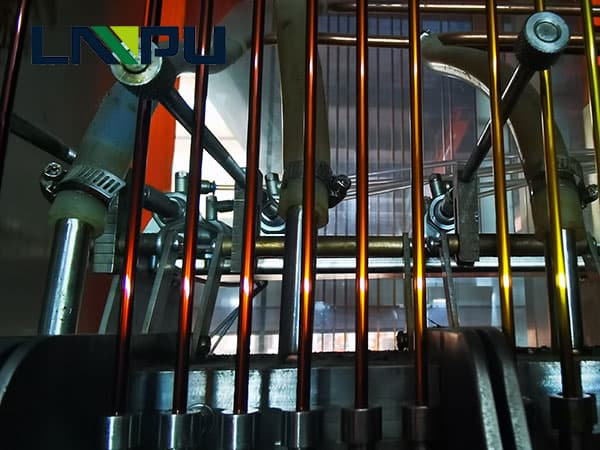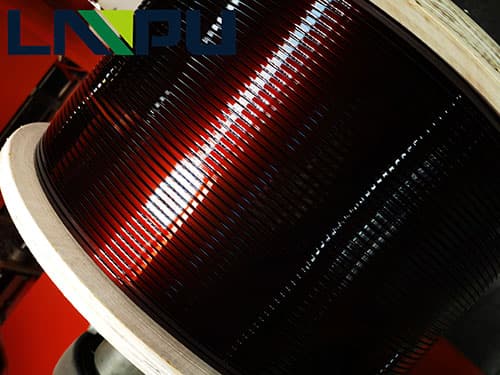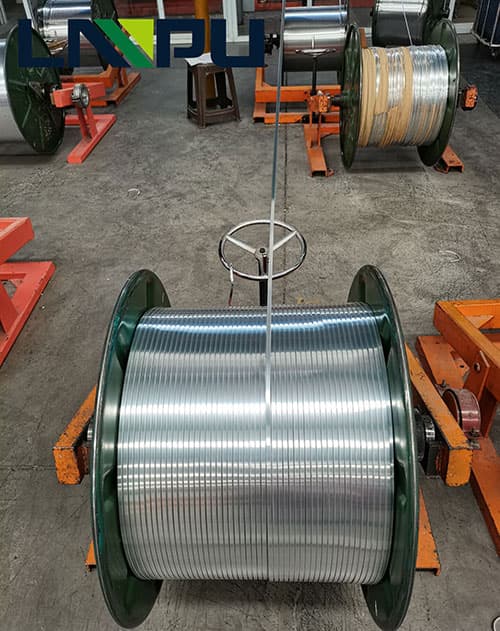Pay off Processing of Enameled Wire
The key to pay off is to control the tension. When the tension is high, it will not only draw the conductor thin, make the surface of the wire lose its brightness, but also affect many properties of the enameled wire. From the appearance point of view, the enameled wire that is drawn thinner has poor gloss; from the performance point of view, the elongation, resilience, flexibility, and thermal shock of the enameled wire are all affected. If the pay-off tension is too small, the line will easily jump and cause the line to be merged and the line to touch the furnace mouth. When paying off, the most fear is that the half-turn tension is high and the half-turn tension is small. This will not only cause the wires to loosen, break, and be thinned one by one, but also cause large jumps of the wires in the oven, resulting in failures of merging and touching the wires. Pay-off tension should be even and appropriate.
Installing a booster wheel in front of the annealing furnace is very helpful for tension control. The maximum non-extension tension of soft copper wire at room temperature is about 15kg/mm2, the maximum non-extension tension at 400¡æ is about 7kg/mm2; the maximum non-extension tension at 460¡æ is 4kg/mm2; the maximum non-extension tension at 500¡æ The extension tension is 2kg/mm2. In the normal enameled wire coating process, the tension of the enameled wire is significantly less than the non-extended tension, which is required to be controlled at about 50%, and the pay-off tension should be controlled at about 20% of the non-extended tension.
Large-size and large-capacity spools generally use radial rotating payoffs; medium-size wires generally use over-end or brush-type pay-offs; fine-size wires generally use brush-type or double-taper-type payoffs.
Regardless of the method of pay-off, there are strict requirements on the structure and quality of the bare copper wire spool
—-The surface should be smooth to ensure that the wire is not scratched
—-There are 2-4mm radius r angles on both sides of the shaft core and inside and outside of the side plates to ensure balanced release during the pay-off process
—-After the spool is processed, a dynamic and static balance test must be performed
—-The diameter of the shaft core of the brush pay-off device: the diameter of the side plate is less than 1:1.7; the over-end pay-off requirement is less than 1:1.9, otherwise the line will be broken when the line is paid to the shaft core.

